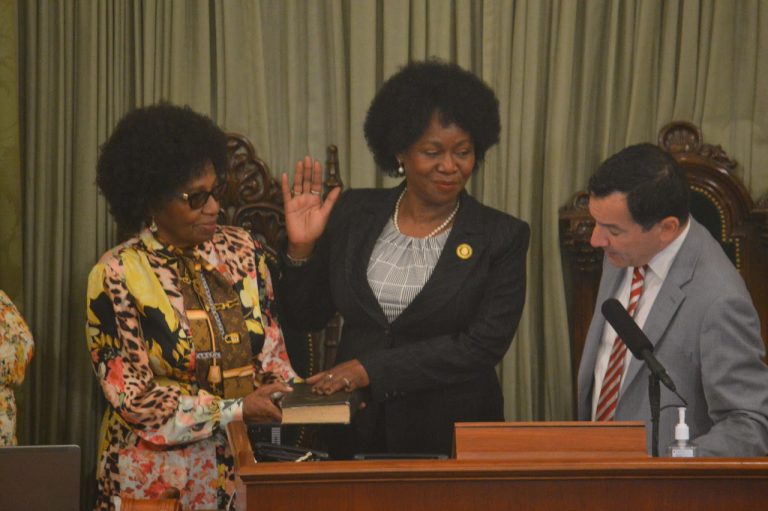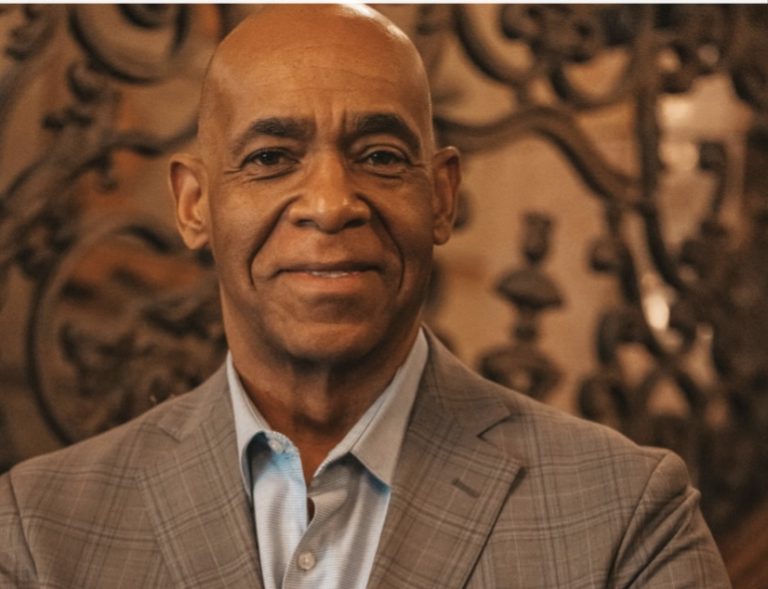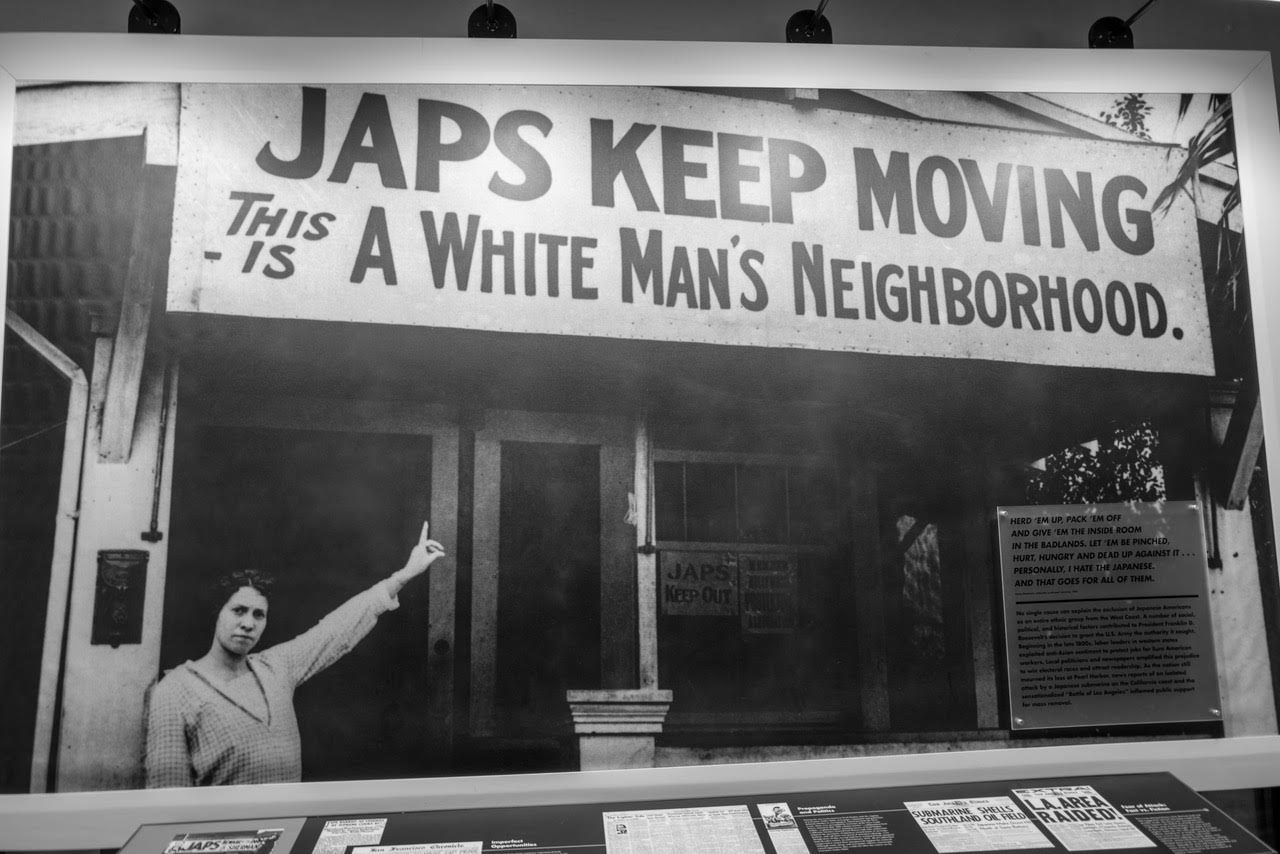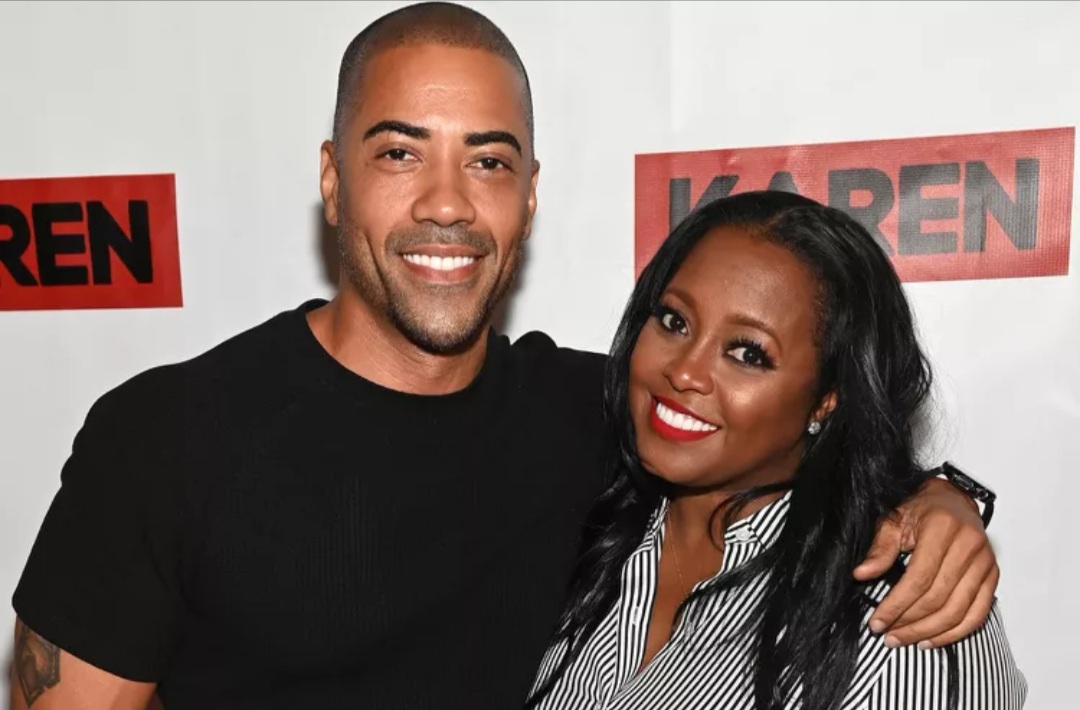IT’s TIME…With Obamacare sign-ups among blacks still too low in California, an increased effort to engage and enroll African-Americans Needed.
Concerned about the low number of African-Americans taking advantage of low-cost health insurance plans or free Medi-Cal coverage, Covered California is pumping new resources into an eleventh-hour drive to get more black Californians to seize the opportunities available through Obamacare.
The Affordable Care Act enrollment deadline is March 31. Beyond that date, Californians without health care coverage — either through an employer, the Covered California insurance exchange or Medi-Cal — will face financial penalties.
Only about half of the blacks in California eligible for a dramatic improvement in their health care coverage have enrolled thus far. Of particular interest to advocates are the opportunities in Medi-Cal: it is now available, free of charge, to all single men and women earning less than $14,431 per year; families of four are eligible for Medi-Cal with an income less than $29,367.
In a recent press briefing, Covered California executive director Peter V. Lee acknowledged the challenge of getting more African-Americans engaged in the enrollment process.
“With African-Americans it’s about 2.6 percent of folks that have enrolled, and the percentage who are eligible is about 4 percent — so we are not doing as well as we want,” he said in response to a question from California Black Media. “So, one of our targets in the last month has been to redouble our efforts. We’ve made additional ad buys in African-American papers and are doing more outreach. We’re optimistic, because our aspirations are that we want to enroll everybody that is eligible.”
However, Betty Williams, of 1 Solution — a statewide certified Covered California enroller and educator, serving a predominantly African-American population — believes the turnout could have been better. “I’ve been saying that for a long time,” she said. “The coverage in print, radio and social media just wasn’t there from the beginning. I’ve had to step up and hire more staff. In addition, the 800 [information] number closes at 5 [p.m.], and I’ve partnered with some churches to enroll people from 5:30 onward. I’ve even used my own money to cover the expense.”
These challenges don’t exist in every community. At a recent public event in downtown Los Angeles, Lee, along with Toby Douglas, director of the California Department of Health Services (DHCS), announced that more than 3 million Californians have signed up through Covered California or Medi-Cal since Oct. 1.
According to Lee, the number of consumers selecting a Covered California health insurance plan reached 880,082 by the end of February — including 762,174 consumers who are eligible for subsidies. He added that the five-month enrollment figure exceeds by more than 200,000 the base projection for Covered California for the entire six-month enrollment period, which ends March 31.
Still, in the African-American community, advocates are pushing forward with culturally-specific methods of outreach. One of those avenues: getting people enrolled in houses of worship. Several faith-based organizations in California have been enlisted to spread the word about the importance of securing health care coverage.
“Churches are considered an important engine in funneling information to the African American community, because historically the church, family and the school have been the major institutions responsible for the viability of the African-American community,” said Tara Lynn Gray of the California Black Health Network. “In addition, the church is many times the center for social interaction in African- American communities — and therefore influences ideas, thoughts and cultural dynamics of the entire community.”
With the deadline drawing nearer, civil rights organizations are also stepping up efforts to boost enrollment. Frederick B. Young Jr., president of the Tri-City NAACP in Solano County, said his organization has hosted forums aimed at disseminating accurate information and encouraging peopleto enroll.
Most forum attendees have questions about cost and the process of changing coverage. Among the proudest successes for Young’s organization: helping secure coverage for both a cancer patient and a developmentally disabled young adult.
“Our primary objective,” Young said, “is to educate folks.”
CBM-California Black Media correspondent Kenzie Jackson contributed to this report







